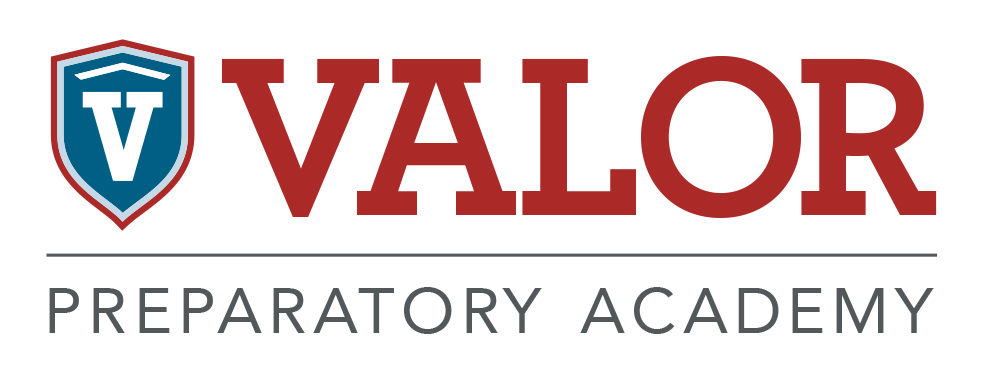
When it comes to a blended education (a school that incorporates online education into the classroom), the amount of varied “facts” thrown out there can leave you with so many questions it can get overwhelming. Maybe you’ve never attended a blended learning school, or maybe you have a sister whose friend’s cousin’s nephew goes to one.
The bottom-line is: there are a lot of myths floating around out there, and that’s why we’ve addressed some of the top myths in this post.
1. Schools who use blended learning are as expensive as private schools.
 We can easily address this myth. If a school holds a public charter status, it is completely tuition free. It doesn’t matter whether the school is blended, online or both. What matters is whether it is private or public.
We can easily address this myth. If a school holds a public charter status, it is completely tuition free. It doesn’t matter whether the school is blended, online or both. What matters is whether it is private or public.
District-sponsored charter schools give students the opportunity to get a quality education for free. Some blended learning schools are private and do charge tuition, and that’s why we recommend you do your research and find out what the best fit is for you.
Valor just so happens to be one of those public schools, so it’s tuition free with the quality of a private school.
2. Blended curriculum is only simple, busy work

This is a big myth.
A lot of people worry that digital curriculum equates to impersonal, busy work.
Not true.
In fact, the beauty of a blended model is that students receive an education specifically tailored to them. Students work at their pace and take as much time as needed to grasp each concept. If a student works faster than the others, she is not tied to waiting until the rest of the class is ready to move on; she can continue to learn. If a student is stuck, he can work with an instructor individually until he truly grasps the concept.
3. Blended learning students don’t get enough socialization.

This is another myth that may worry some parents and students.
Being in a blended environment where students spend time on computers could seem isolating, and even thought to have a negative impact on the student’s socialization.
This is far from the case.
Blended schools balance time spent on the computers with several opportunities for interaction with other students. In addition to computer coursework, students participate in traditional coursework, hands-on labs, collaborate on group projects, and can attend outside school events to get to know their peers and socialize.
4. Teachers don’t instruct as much in blended schools

This one is an ongoing myth we are proud to say we can bust!
Because there’s digital curriculum “teaching” students, many seem to think the onsite instructors don’t do much.
In reality, the opposite is actually true.
Blended learning classrooms usually mean small class sizes, which allows teachers to communicate individually with every student to help them receive a more personalized education.
Oftentimes, Valor students find that they communicate much more with their teachers here than they ever did in a traditional setting.

